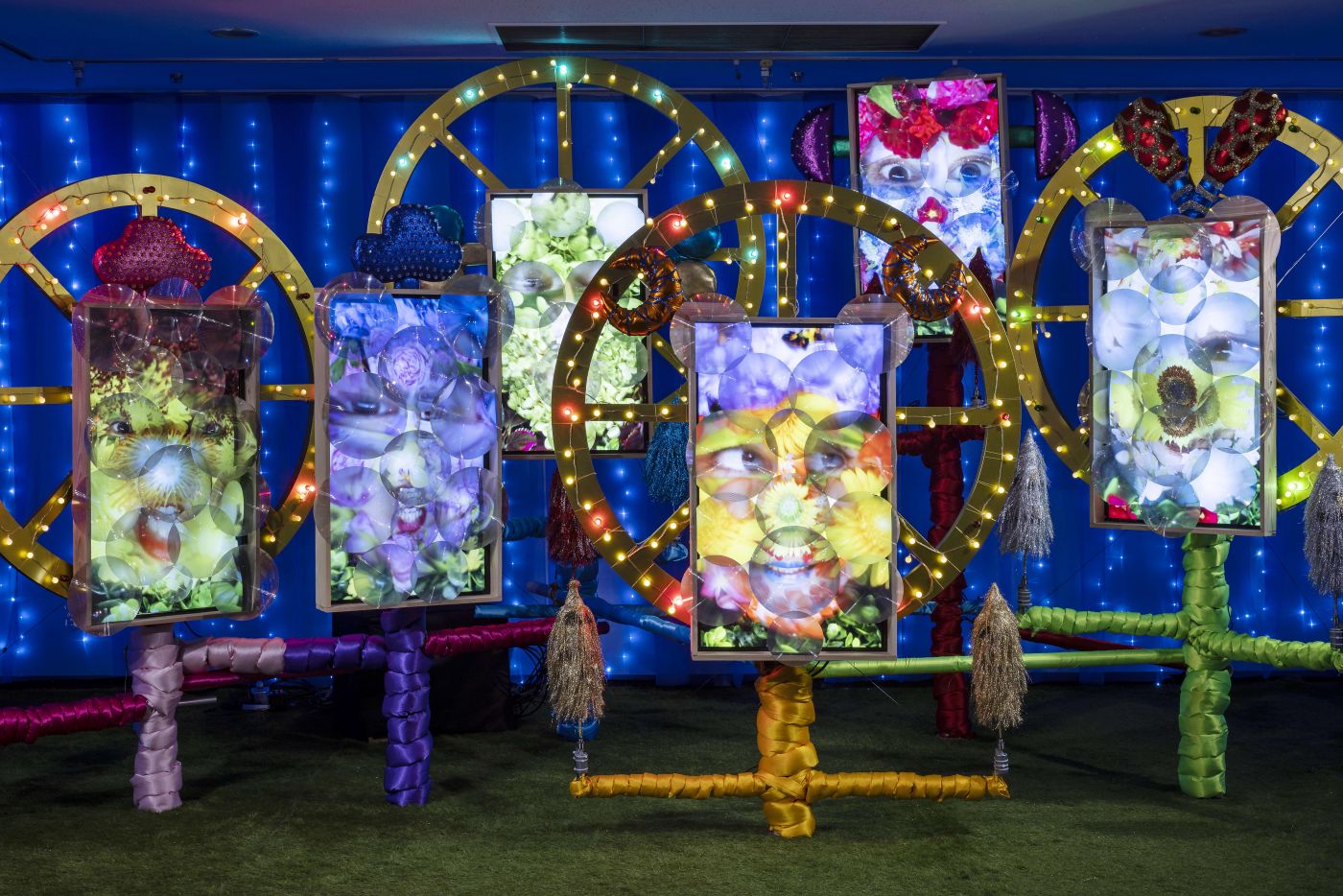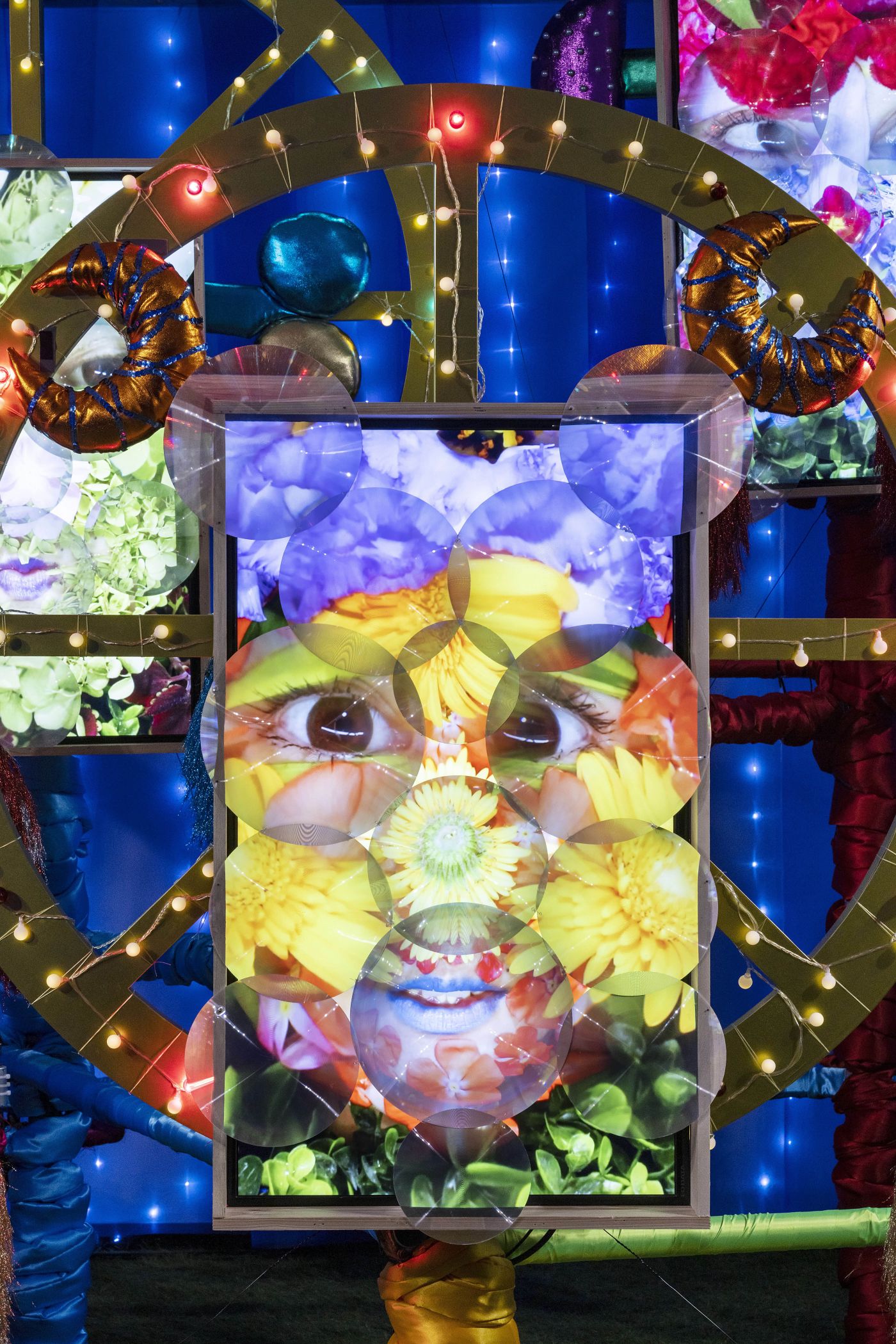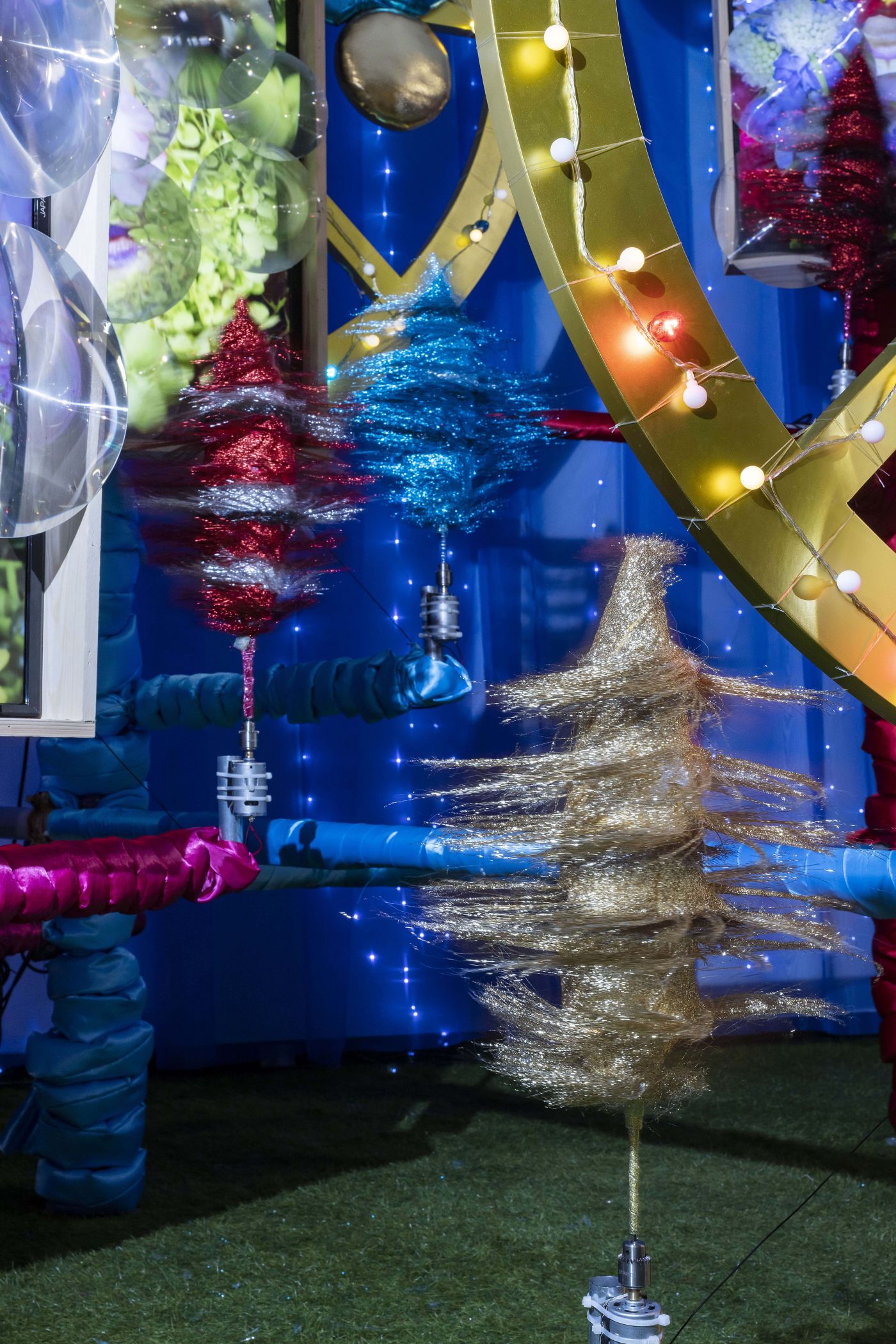Yuriko Sasaoka
Liste Year
Year of Birth
Country of Birth
Presented by
2023
1988
Japan
PHD Group
Gyro (2018-2023)
The video and painting series Gyro reveals an imagined world entirely formed of hand puppets, painted body parts, and digitized imagery. In this landscape—which closely resembles Japan in its compositions of trees, temples, and lakes—animals and objects represent demon figures from various cultures which Sasaoka considers responsible for the litany of natural disasters that befall humankind. As floods and earthquakes unfold across the screen, the demons recite “exercise, exercise,” expressing the absurdist notion that these disasters might be the consequence of demons working out.

The Living Screen: Life and Death in the Video Works of Sasaoka Yuriko
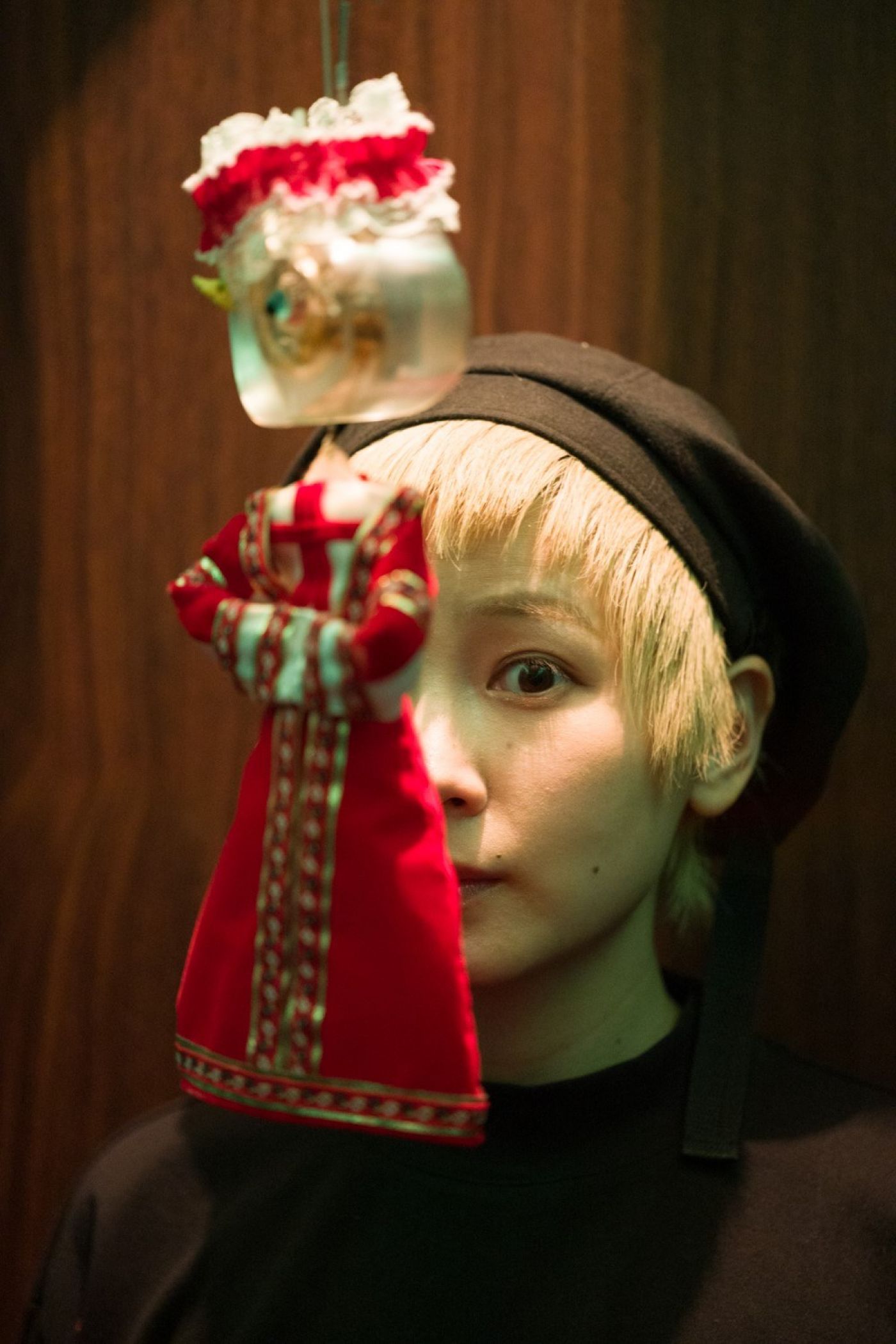
Japanese artist Sasaoka Yuriko (b. 1988, Osaka, Japan) investigates the limits and potentiality of representation via various modalities of entertainment, including theater, song, and the collective screen. Through immersive video installations that often involve the idea of the marionette—a symbol of sociopolitical puppeteering and gendered normativity—she expands the interstitial spaces between the surreal and the lucid.
Originally a painter, she pivoted to media art and video after the 2011 tsunami and earthquake in Japan. Witnessing the tragedy unfold on a tiny television screen, she interpreted the flat surface to be a membrane that presented an unreality or unresolvable gap between action and consequence. As a result, many of her works address mortality, tapping into the collective consciousness of those who live close to disaster, or, as Sasaoka says, “between life and death.”
"I see puppets as these beings which we can't entirely decipher if they're alive or dead; it's almost as if they exist in the middle of the two."
In her works, she also often performs as multiple characters, liberating narratives from rigid ideas around gender, identity, and history. For Icarus’s Bride (2015-16), she performs as both victim and oppressor, female and male, conflating and subverting the histories of dominant cultural influences to critique systemic patriarchy. The video opens at the funeral of Icarus, where a grief-stricken Daedalus laments the short life of his son. Unable to bear the loss, Daedalus schemes to resurrect Icarus and arranges for the switch sacrifice of a doll bride, Yoriko.
The scene transitions and we see Yoriko on her wedding day, singing a haunting rendition of Koji Fukiya's poem “Bride Doll (Hanayome Ningyo)." As Yoriko sings, the wedding guests awaken to the horrors of patriarchy and decide to instead sacrifice Daedelus into the mouth of a demon. Drawing from Japanese theater traditions, puppetry, Greek mythology, and post-internet aesthetics, Sasaoka Yuriko stages a magical realist, feminist production that critiques narratives typically dominated by male figures, from cultural myths to political warfare.
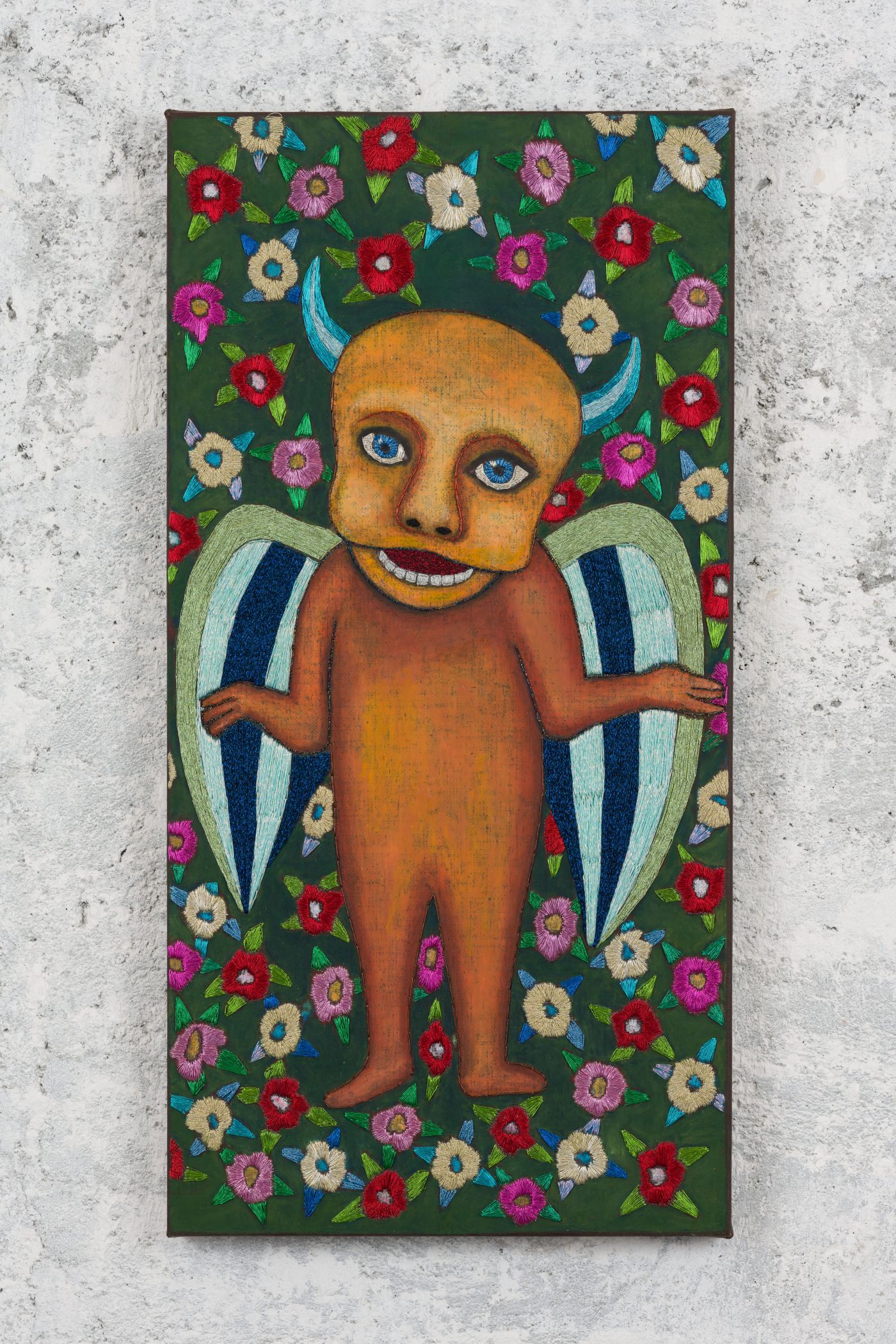
Minotaurus
2022
Oil pastel and embroidery on canvas
60 x 30 cm
In Sasaoka’s videos, one senses a distinct artistic language derived from global theater traditions and the folklore of her home city, Osaka. Planaria (2021-22), a three-channel video that was the central element of her solo show at PHD Group in 2022, reveals these influences to address a topic taboo to many cultures: death.
"Ritual is a very big theme in "Planaria." I feel like I was able to have some sort of closure with the death of my loved ones through this piece. I also wanted to perform this ritual to remind us that all these fish we mindlessly eat were once alive."
The video opens with a ritual starring three figures in black, furry costumes, reminiscent of bears or beavers. As they light candles and sing a chorus-like narrative, they set the stage for the entrance of the main characters: dolls with heads of fish cast in resin and garbed in the traditional outfits of countries with high suicide rates.
Appearing two at a time, the dolls meet their demise in absurdist and horrific ways, maneuvered by a set of green-gloved hands that symbolize the god-like hands of terrible fate. A message around the loss of agency, echoed in a chorused song as well as the cruel puppeteering of the fish dolls, leads the audience to question who is accountable for their untimely deaths — and how organizations of power are responsible for oppressive sociopolitical conditions.
Turning her lens toward the marginalized and the individual, Sasaoka subverts the monolithic narratives propagated by the state and asks challenging questions around survival and resistance. “Planaria envisions death as a pervasive, quasi-personified force,” writes Ophelia Lai in an Artforum Critic’s Pick of the exhibition, “but in its relentless absurdity one registers a strange and endearing resilience.”
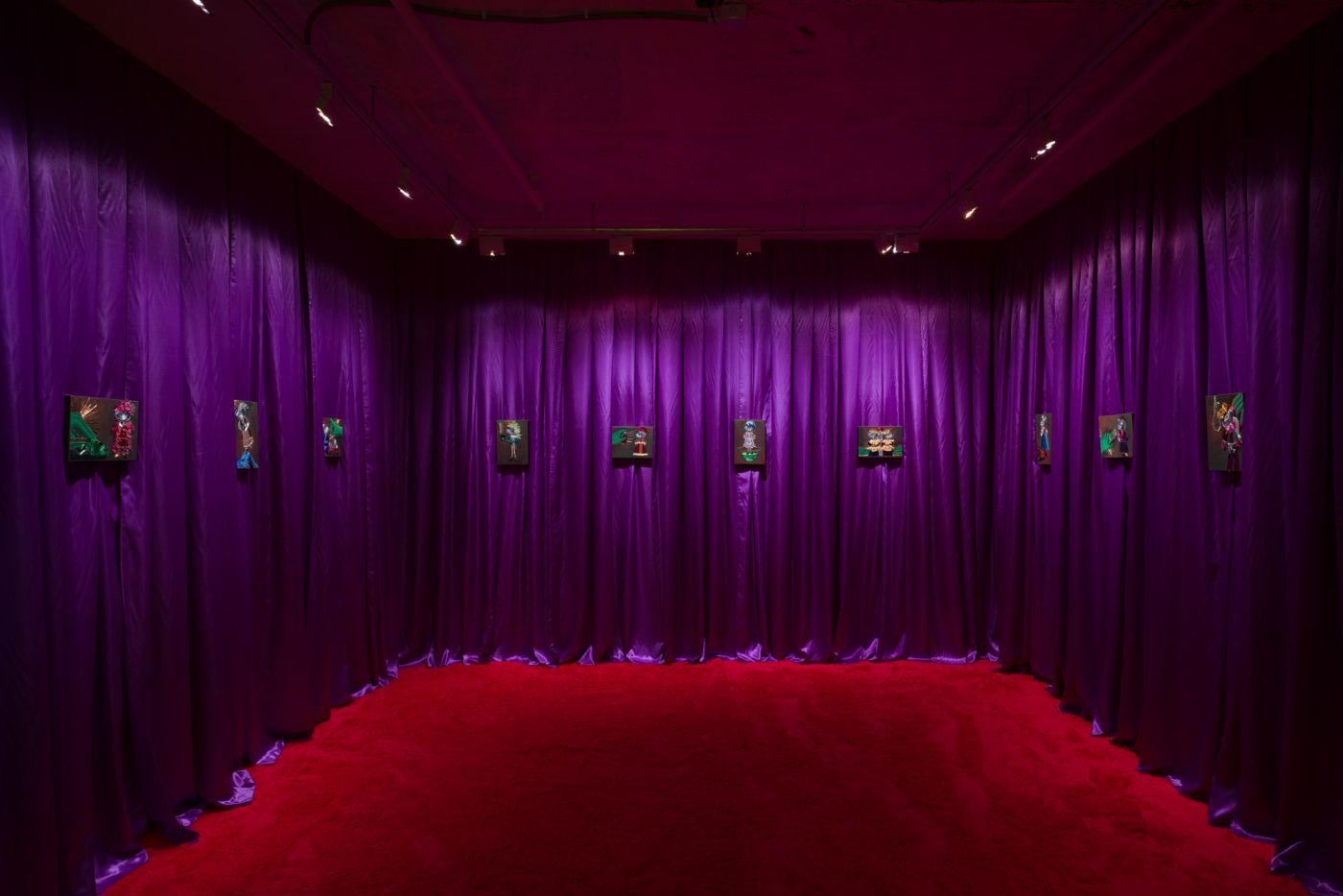
At PHD Group, Planaria was shown alongside the dolls originally featured in the video as well as embroidery “paintings” that utilize an aesthetic conventionally considered “women’s craft” or “folk art.” For the exhibition, she defiantly centered these canvasses, moving the compass of the art world to place value on marginalized cultures and narratives. In a context where the artist’s hand is sublimated into rigorous art historical discourse and sanded into minimalist appeals, Sasaoka reveals a warm and sensitive touch in her practice.
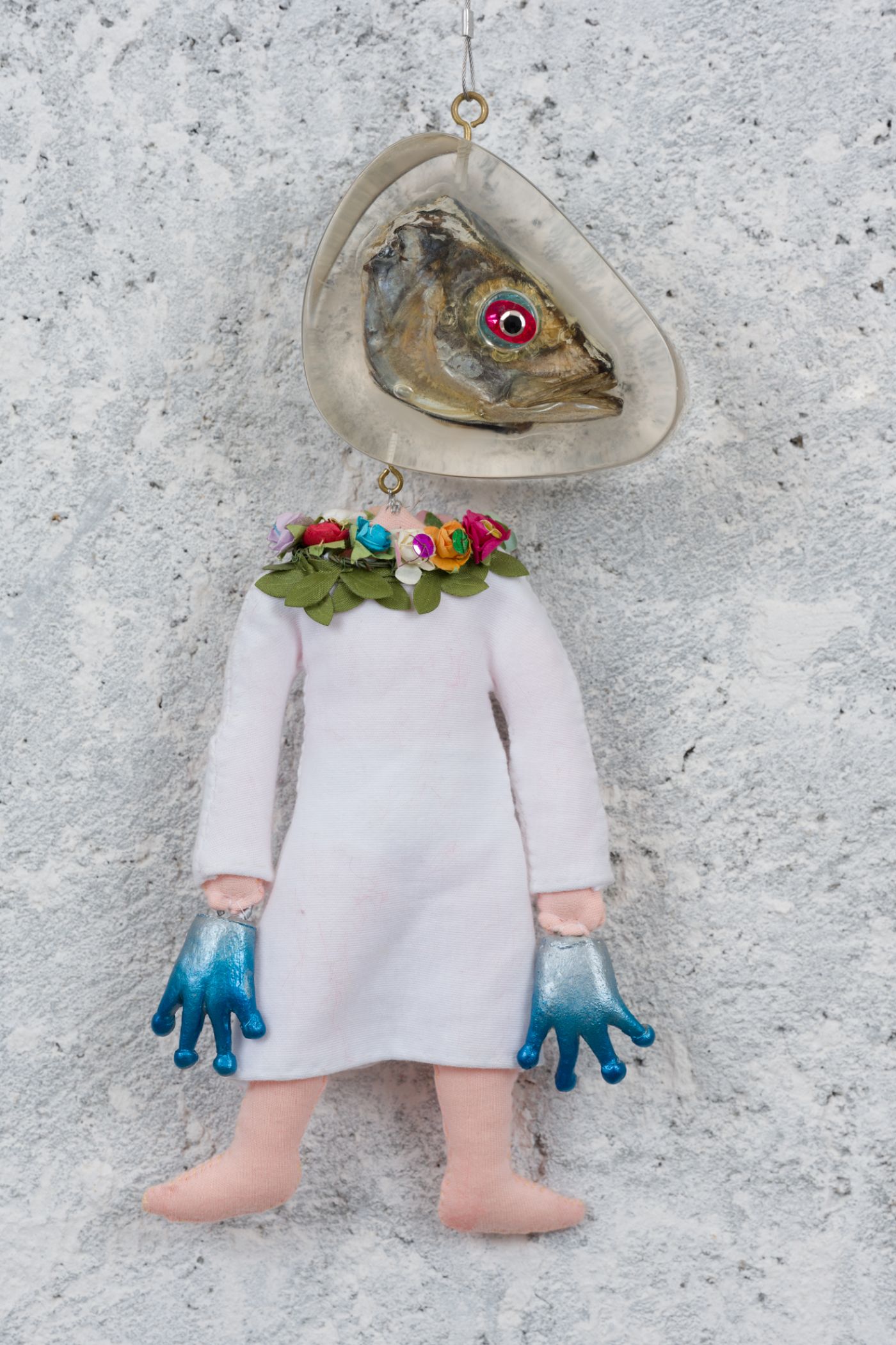
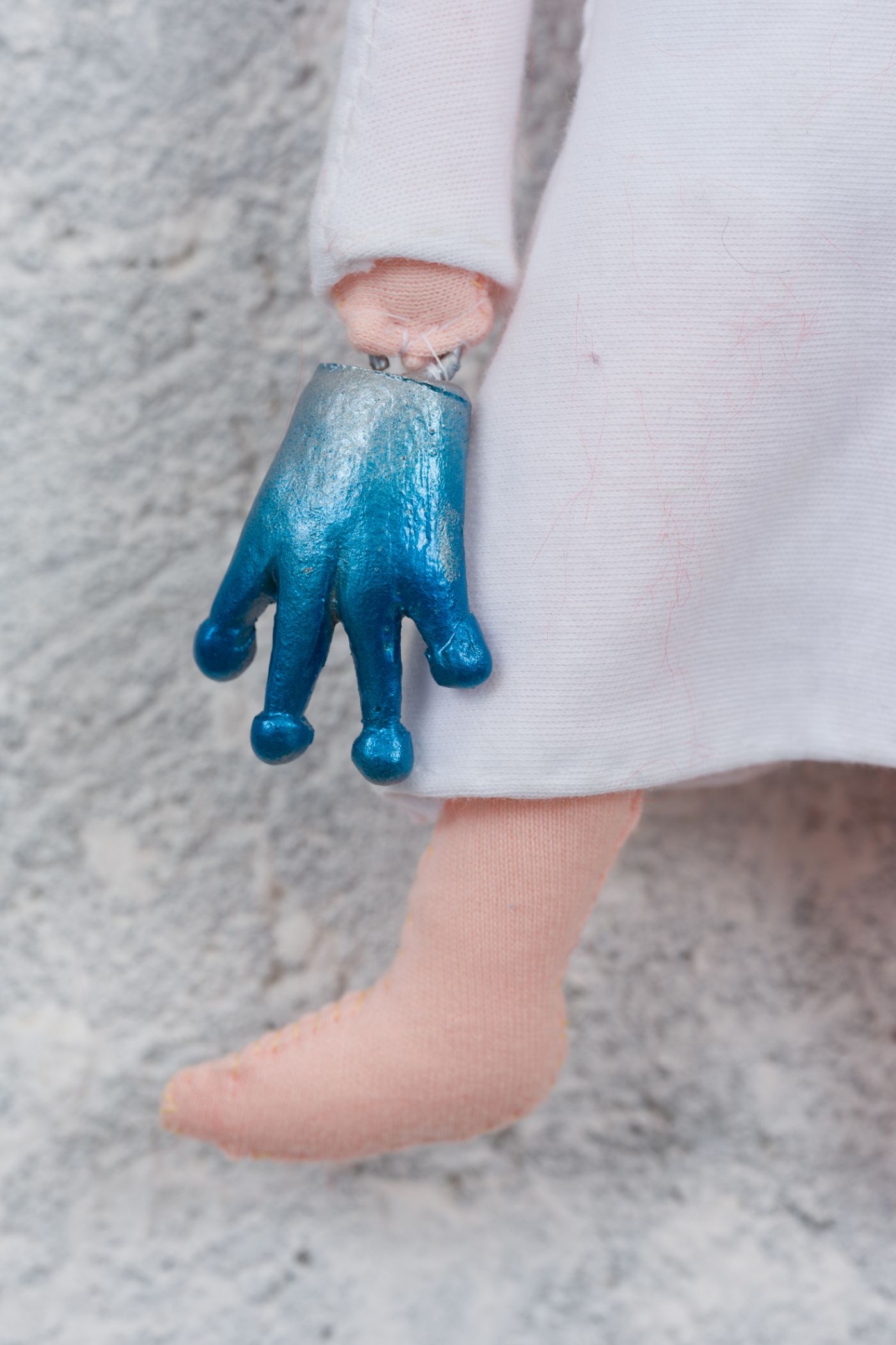
Her latest work, Pansy (2022), is a culmination of personal memoir, magical realism, and mythology references, and represents her ambitious approach to the screen. The video installation imagines a halfway world between the living and the dead as inhabited by “flowers”—reincarnated spirits of the artist’s relatives who have left the earthly plane. Describing the scene as a utopian dream, Sasaoka attempts to resurrect—as Orpheus did for Eurydice—not only those who have passed, but an understanding of the self in the context of childhood and family.
In this feverish, hallucinogenic reunion, the artist plays each family member—including a long-gone pet dog—and ruminates on how the power of memory alters reality. Screened across six “robot” figures with animated arms, the work references our visions for cyborg or AI-assisted resurrection but rejects the idea that these screens are themselves cold, inanimate objects. Pansy demonstrates the artist’s desires to re-enact or stage scenes or characters that are inaccessible, rendering the screen as a membrane upon which vivid memories cycle endlessly, awake or asleep.
